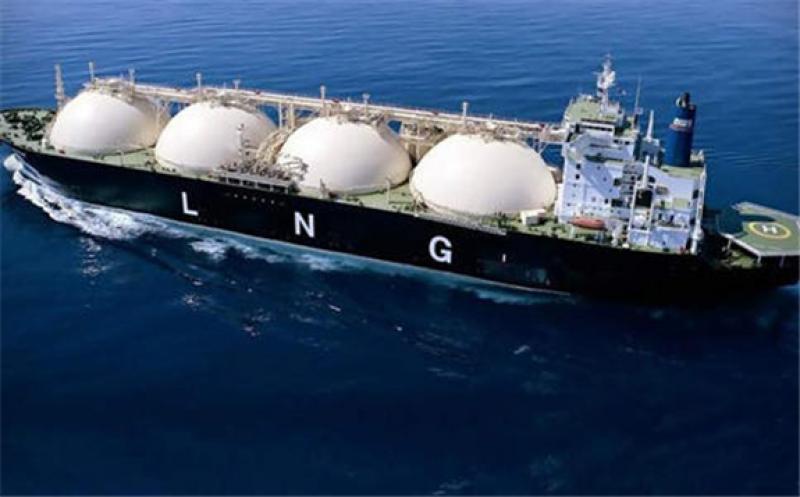Global LNG deliveries fell on the year for the third consecutive month in August, with southern Europe and Latin America recording the sharpest drops in demand.

LNG deliveries fell to 29mn t in August from 29.8mn t a year earlier, preliminary figures based on vessel tracking show. Global deliveries shrank on the year for the first time in June and have remained below last year's levels since then.
The drop in LNG demand was again driven by slower deliveries to Latin America, which received 1.17mn t last month, down from 1.85mn t in August 2019. Deliveries to the region have been down on the year since May 2019, after Argentina released a floating storage and regasification unit (FSRU) in late 2018, and as stronger pipeline deliveries from the US have curtailed Mexico's LNG demand. And while deliveries to Argentina have rebounded to some extent in recent months, this has been more than offset by lower deliveries to Brazil, which has not received a cargo since May.
The sharpest reduction in deliveries was in southern Europe — down by 1mn t in August. Deliveries to Spain have been falling short of last year's levels since April, but the decline accelerated in August. There was also a sharp reduction in LNG demand in Italy, as maintenance curbed deliveries to the 5.7mn t/yr Adriatic LNG terminal.
Slower LNG demand in southern Europe and Turkey was partly offset by brisker deliveries to northwest Europe — particularly to the UK, which took about 10 standard-sized cargoes last month, up from one in August 2019. Total deliveries to Europe — including Turkey — fell to 5.57mn t from 6.2mn t.
Slower deliveries to Latin America and Europe were partly offset by a rebound in northeast Asian demand, after receipts dropped on the year in July. China accounted for most of the rise, taking 1.27mn t more than a year earlier. This, with a modest increase in Japanese demand, more than offset the drop in deliveries to South Korea.
Chinese LNG demand has continued to grow in recent months, despite stronger domestic gas output and slower consumption growth, suggesting brisk deliveries may have displaced pipeline imports and bolstered LNG stocks ahead of winter. Japanese LNG demand might have been supported by a heatwave boosting power demand, which could have increased the call on gas-fired power plants.
The rebound in northeast Asian demand, in contrast to Atlantic basin markets, might have underpinned a wide inter-basin arbitrage in recent weeks, before the differential began to narrow in recent days. US producer Cheniere, which sharply reduced LNG production this summer as a result of slower global demand, expects Asia to lead a global recovery.